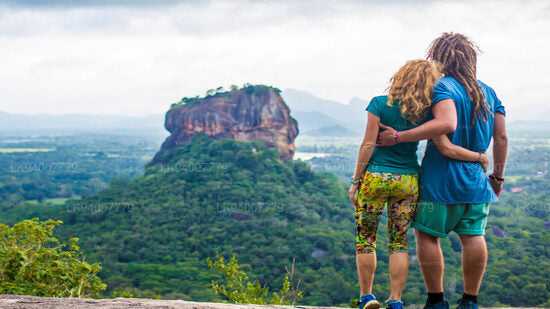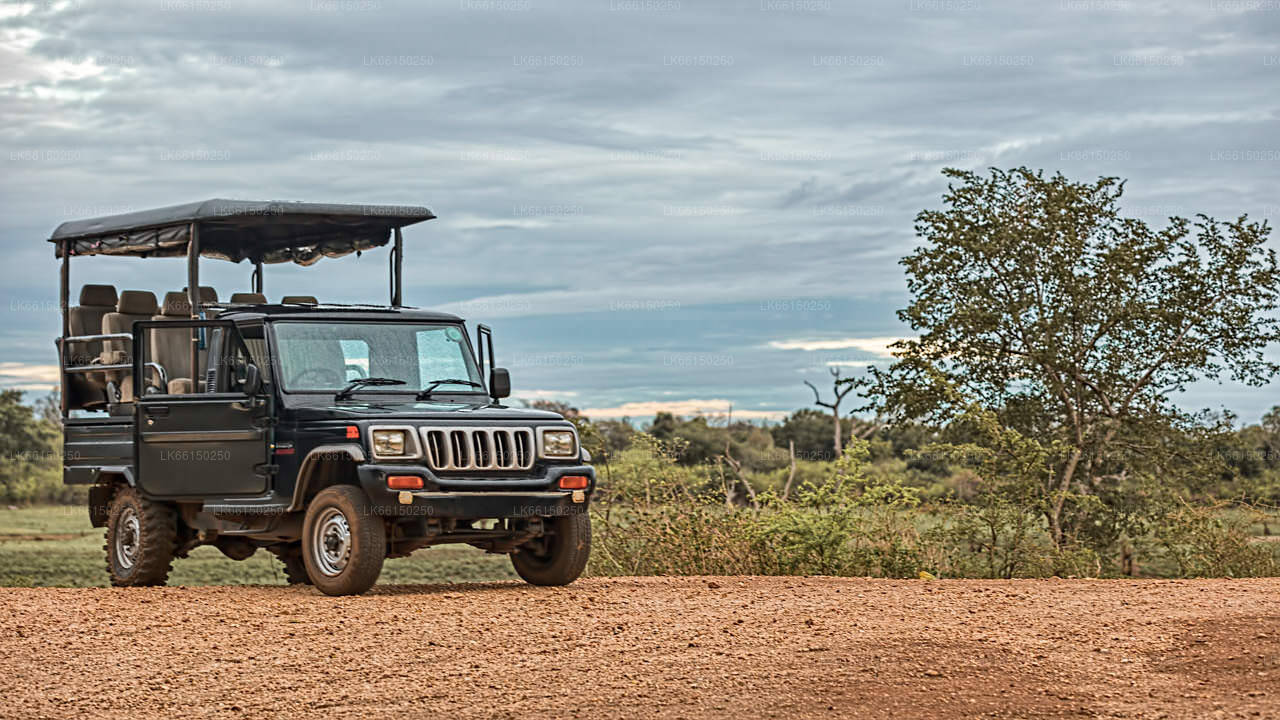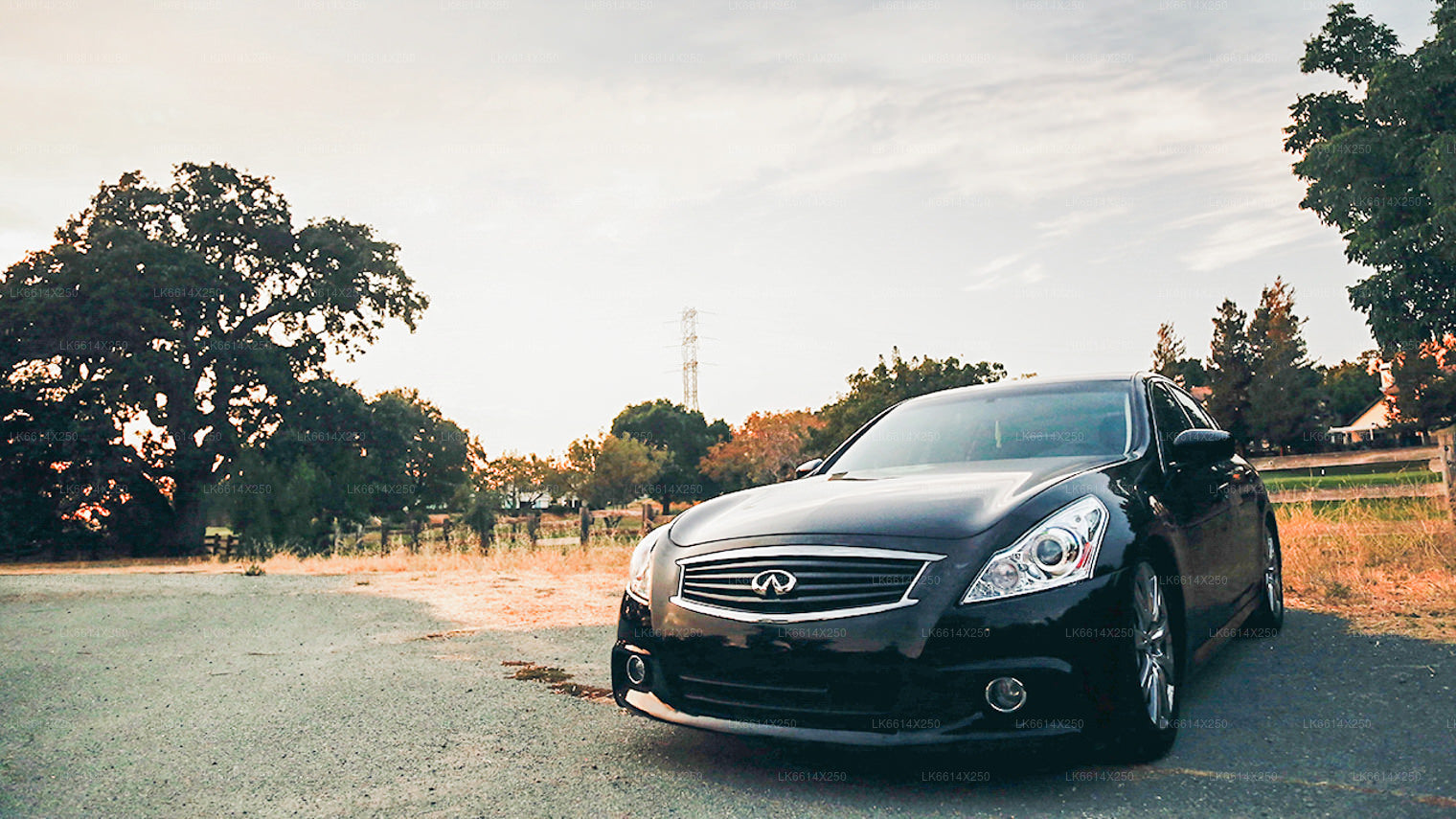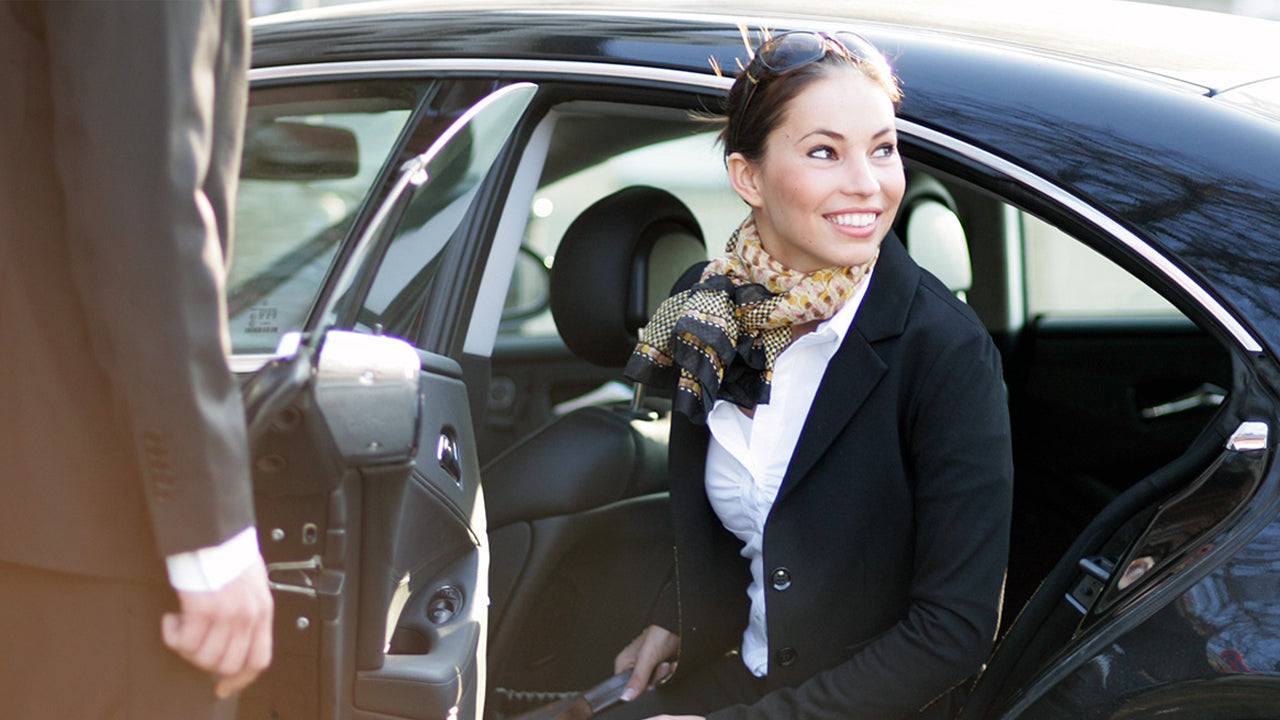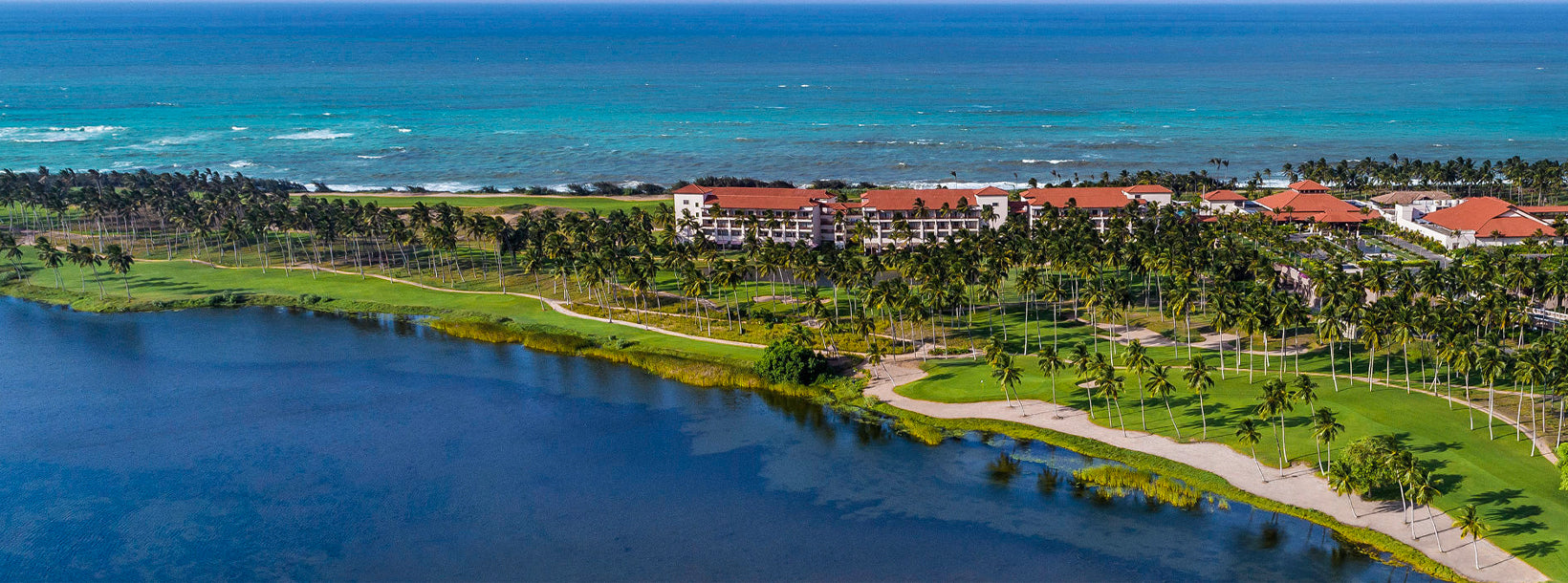
汉班托塔市
汉班托塔是斯里兰卡南部的一个港口城市,具有重要的海上战略意义。它以其深水港而闻名,在全球贸易路线(尤其是转运)中发挥着关键作用。此外,该市还拥有新兴的工业和旅游业,为其经济发展做出了贡献。
Ramba Rajamaha Viharaya



Ramba Rajamaha Viharaya in Ruhuna is located on the bank of the Walawe Ganga, in the village of Udarata on the Nonagama-Ratnapura Road. It is about 12.8 km from Ambalantota.
Maha Nagakula was the capital of ancient Sri Lanka in the 11th century AD. The Ramba Viharaya had been the temple of the Maha Nagakula City where a large number of artifacts have been found during excavations. The Ramba Viharaya was the Royal Temple of the day.
Ramba Rajamaha Viharaya was also the hide-out for King Vijayabahu I who arrived there in the year 1055, while he planned his war against the Cholas for 15 years. Sri Lanka was under the Chola rule for a period of 53 years.
Vijayabahu had been canvassing among anti-Ramanna Desas such as Burma, Kalinga and Pandyan countries, to form an alliance against the Cholas. He effected three attacks to surround Polonnaruwa and defeated the Cholas. His son Wickramabahu continued to reign from there while Prince Parakramabahu continued with the tradition. These reasons have prompted historians and archaeologists to carry out their research into the area. They had found a large number of monuments scattered in a land area of 200 acres of dense jungle.
The Ramba Rajamaha Vihara had become the most important religious and academic centre of Ruhuna between the 10th and 12th centuries. Scholars of the time such as Rev. Piyadassi Thera and Rev. Mahanagasena Thera had lived here and in other temples around it.
There had been an advanced civilization in the area. A large number of artifacts which had been found following research explorations conducted by scholars during the dry season had proved this fact. The venue itself is unique as there had been an ancient international harbour at Godawaya (there is evidence to support this fact).
Traders had been in the habit of travelling from China to the Arab Seas and Sri Lanka had served as an ideal venue for entrepot trading (imports are re-exported) for which customs duties were collected.
Inscriptions found at this venue during the 1st century AD have indicated that King Gajabahu was believed to have donated the funds collected as customs duty for the betterment of the temple. It is believed that it was from the mouth of the River Walawe that ships used to travel to Mahanagakula.
A strange Buddha image made of the white sandstone, had been found from the site during excavations. It had been refined and preserved. The image is different from what had been discovered from other sites as it had been hollow.
When talking about the Ramba Vihara, one has to talk about the Manawulu Sandeshaya, a Pali poem which comprises about 30 stanzas. This is said to be a reply to a Buddhist priest from the Ramanna Desha by the name of Maha Kashyapa. He had sent a letter in Pali to the high priest of the Ramba Viharaya, inquiring about the activities in Sri Lanka.
The Manawulu Sandeshaya had been written
关于汉班托塔区
汉班托塔是斯里兰卡东南沿海地区的一个乡村小镇,也是斯里兰卡南部省汉班托塔区的首府。汉班托塔距离科伦坡约240公里,正转型成为战略港口和商业中心,并正在进行大规模的基础设施建设。汉班托塔拥有绵延的沙滩,地理位置优越,方便前往周边景点。
本达拉国家公园位于汉班托塔以东20公里处,威拉维拉保护区稍远。鲁胡纳国家公园和卡塔拉加马神庙也是从汉班托塔出发可轻松抵达的景点。
关于南部省
斯里兰卡南部省是一个由加勒、马塔拉和汉班托塔三个区组成的小区域。自给自足的农业和渔业是该地区绝大多数居民的主要收入来源。
南部省的重要地标包括亚拉国家公园和乌达瓦拉维国家公园的野生动物保护区、圣城卡塔拉加马,以及蒂瑟默哈拉默、基林达和加勒等古城。(加勒虽然是一座古城,但几乎没有留下任何葡萄牙入侵前的痕迹。)葡萄牙统治时期,有两位著名的僧伽罗诗人,一位是来自迪克韦拉的安达雷,另一位是来自马特勒县德尼皮蒂亚的加贾曼·诺纳,他们创作了描写平民百姓的诗歌。

